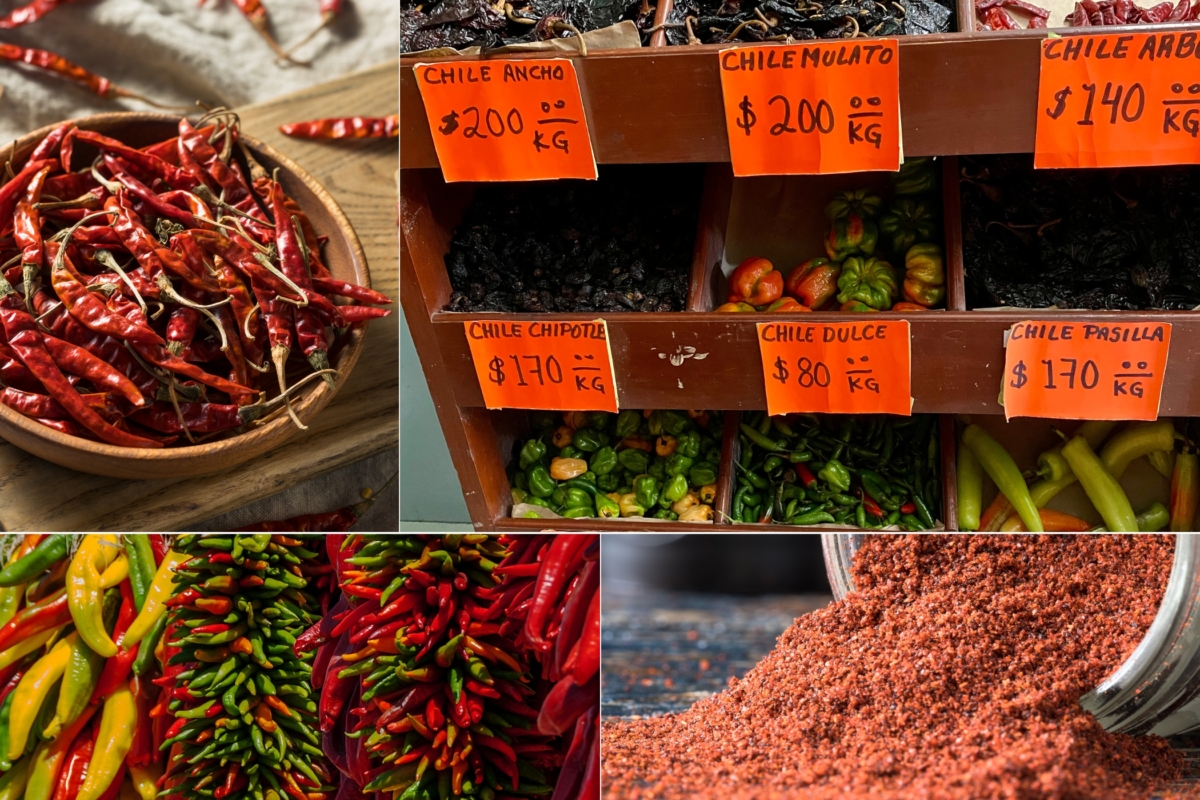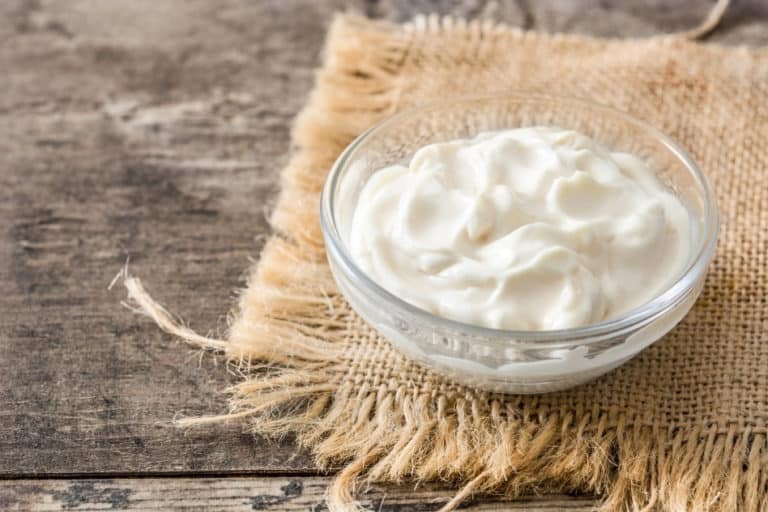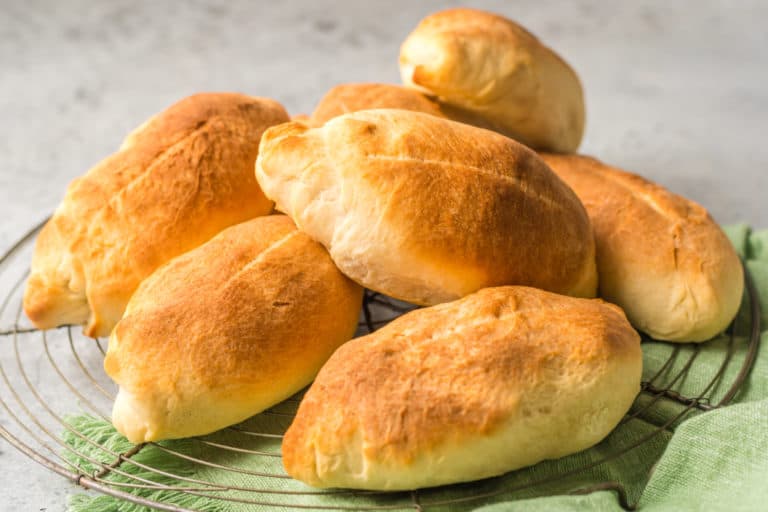Mexican Chiles: Habanero, Chile de Arbol & more
You can’t love Mexican food and not have a love-hate relationship with chiles. They add heat, they add spice, they add flavor. They also make your eyes water and set your mouth on fire!
But chiles are an essential item in Mexican cooking and your tacos, empanadas, or carnitas won’t taste the same without them.
Do you know which chiles work best for which Mexican dish? Which one is smoky, sweet, mild, or spicy? Which of the 50,000 kinds of chiles on the planet should you add to your mole or pozole?
According to the National System of Plant Genetic Resources for Food and Agriculture (SINAREFI), there are over 60 varieties of chiles in Mexico.
Out of all these, here are the most popular fresh and dry Mexican chiles!

1. Habanero
The hottest Mexican chile that ranges from 100,000 to 350,000 on the Scoville Heat Scale, the habanero peppers are named after the city of La Habana or Havana, Cuba.
Originating in the Yucatan Peninsula, they also grow in Cuba and Costa Rica. Nowadays, habaneros are produced in other Latin American countries as well as Texas and California in the US.
Back in 1999, the Guinness Book of World Records listed it as the hottest pepper in the world, till it was replaced by bhut jolokia.
Green while unripe, they turn orange or red when mature and grow up to 6 cm in length. You’ll find the citrus-flavored habanero peppers used in mezcal liquor, salsas, ceviches, chili sauce, and more.
2. Chile de Arbol
Small, thin peppers that are a beautiful red in color, the chile de arbol scores between 15,000 to 30,000 on the SHU scale. But some chiles de arbol have been found to score almost 65,000 SHU.
Because of the way they look, chile de arbol are also called tree chili, bird’s beak chili, or rat’s tail chili, and grow up to 7.5 cm in length.
The smoky taste and deep red color ensure that they’re used in many dishes, including salsas, soups, garnishes, and stir-fries. You’ll also find chiles de arbol used in flavored Mexican oils and in fashioning wreaths.
3. Pasilla
Forming the Holy Trinity along with Mulato and Ancho chile peppers, the Pasilla peppers or chile negro are a dried form of the Chilaca peppers.
These mild peppers grow up to 20 cm long and are a dark brown almost chocolaty color when fully mature.
Scoring 1000 to 2500 SHU on the Scoville Heat Scale, the pasilla peppers have an earthy flavor that makes them popular in moles, enchiladas, and salsas.
4. Chipotle
Popularly used in chipotle mayonnaise and chipotle sauces, the chipotle peppers are a red ripened version of green jalapeno peppers, and sometimes the morita or meco peppers.
It takes almost 10 kilograms of fresh morita, meco, or jalapeno peppers to turn into 1 kilogram of chipotle peppers.
The jalapeno chipotles score anywhere from 2500 to 8000 SHU on heat, while the morita and meco chipotles score anywhere from 3000 to 10,000 SHU.
You’ll find the sweet and smoky flavored chipotle peppers in your favorite slow-cooked dishes or used as a topping on tacos or chilaquiles.

5. Guajillo
The dried form of the mirasol chili peppers, the guajillo rank 2500 to 5000 SHU.
Mild and sweet, and slightly fruity, these peppers grow up to 12 cm long and are as popular as anchos and chipotle peppers.
Mostly found in the state of Zacatecas, the guajillo chiles are used in pambazos, salsas, marinades, tacos al pastor, chorizo, and local Mexican jams.
Their best use though is along with anchos and pasillas in a mole sauce.
6. Serrano
Growing up to 10 cm in length, the Serrano peppers are named after the sierras or mountains of the mountainous states of Hidalgo and Puebla.
With a Scoville rating of 10,000 to 23,000 SHU, the serrano peppers are hotter than jalapenos, and comparable in heat as the Chile de Arbol.
Green when young, they turn red, orange, yellow or brown when mature.
Usually added to food without cooking, they’re often used to make salsas, pico de gallo, hot sauces, and chillis.
7. Ancho
Part of the Holy Trinity that we mentioned earlier, these mild smoky peppers are made from dried poblano peppers from Puebla, Mexico.
Harvested on the vine till they dry and turn dark red, these peppers with a mild smoky flavor last longer because they are naturally preserved.
With a low SHU of 1000 to 1500, they’re perfect for use in most dishes.
Anchos are used in sauces, marinades, adobo sauce, chorizo sausages, enchiladas, or pozole.
8. Mulato
The last part of the Holy Trinity are the mulato peppers. They’re also made from poblano peppers, like the ancho but are allowed to ripen till they reach a dark brown color before being dried.
With a SHU of 2500 to 3000 Scoville units, they’re moderately spicy, with a sweet and smoky chocolatey flavor. They also taste fruity like licorice.
You’ll find the wrinkled dark-brown mulato peppers used most often in mole sauces, but they’re also used in salsas, or to make sweeter dishes like chilaquiles.
9. Chile Pequin
Hotter than the Chile de Arbol and Serrano peppers, the Scoville rating lies between 30,000 to 60,000 SHU.
No wonder the bright red Chile Pequin are used in salsa and hot sauces. These fruity peppers are often smoked dry to give them a smoky flavor. They’re also sold in powder form or as chili flakes.
Originating from the state of Tabasco, Mexico, Chile Pequin are very small and grow to a maximum of 2 cm long, and can easily be mistaken for berries.
Popular with the avian species, it’s also called the Bird Pepper.
10. Cascabel
Because of the noise it makes when you shake the dried chile pods, this chile is popularly known as rattle chile or cascabel, after the poisonous cascabel pit viper from Latin America.
The small plump rounds don’t grow bigger than 2 or 3 cm in diameter, are also called chile bola (ball chile) or sleigh bell.
With a nutty flavor, the cascabel are moderately spicy and range from 1000 to 3000 SHU.
These chiles are used in everything, from salsas to stews, to pork marinades and even the famous cascabel chile sauce.
There are many more peppers used in Mexican cooking in a host of dishes, but these few are the most popular. Have you used any of them in your dishes? Which chiles are your favorite?
FAQs about Mexican Chiles

What is the Scoville Heat Scale?
The Scoville Scale is a scientific measurement for the pungency or heat of chili peppers via the capsaicinoid content. The Scoville Heat Scale and Scoville Heat Units (SHU) are named after Wilbur Scoville, the pharmacist who developed it in 1912.
Which are the most planted/used chile peppers?
The five major species of cultivated peppers with some examples include:
Capsicum annuum: Bell peppers, Cayennes, Jalapeños, Paprika, Serrano
Capsicum baccatum: Ají Amarillo, Ají Limón
Capsicum chinense: Habaneros, Scotch Bonnets, Carolina Reapers
Capsicum frutescens: Tabasco Pepper, most Indian peppers
Capsicum pubescens: Manzano Pepper, Rocoto Pepper
Where did chiles originate?
In Mexico, of course! Chiles originated in Central Mexico over 6000 years ago, and are a major part of the Latin American diet.
When the Spanish conquistadors reached Latin America in the 15th century, they took the capsicum chiles back to Europe. But, they called them peppers because they looked a lot like the black pepper plant that was found in Europe and Asia at the time.
From Europe, the chile peppers spread to other continents too!
Is it chile or chili or chilli?
That depends on the location you’re in. The word is derived from the Nahuatl word chili.
In Spanish-speaking countries such as Latin America, the word is chile. In countries using British English, the spelling is chili, and in countries speaking American English the word is chili.
Whatever spelling you use, chile is still hot and spicy! Whatever spelling you use, the chile is still hot and spicy!
Is the world’s hottest chile Mexican?
No, the hottest chile is the Californian Reaper, at 1,569,300 Scoville Heat Units. This chile was recorded in the Guinness Book of World Records in 2017.
The Dragon’s Breath Pepper with 2.4 million SHUs or the Pepper X with 3.18 million SHUs may be stronger, but they have not been verified by the Guinness Book yet.








